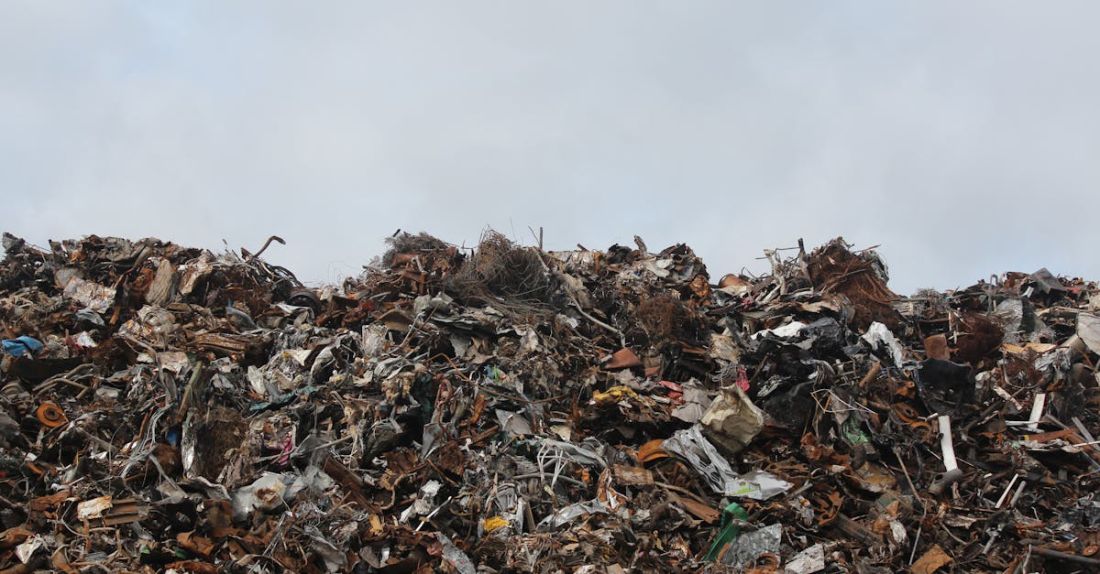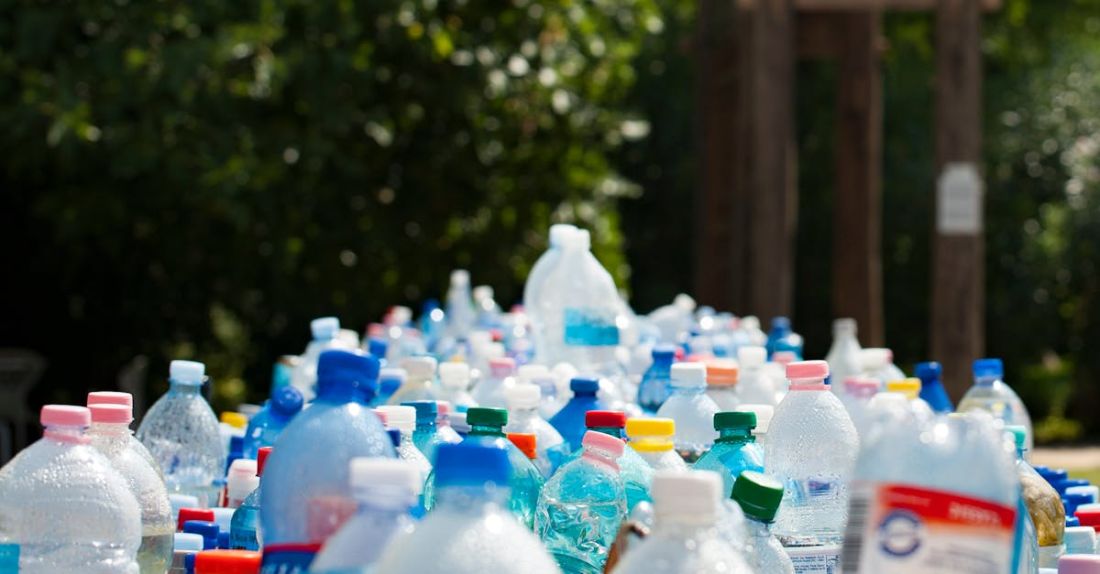
**How Do Pay-as-you-throw Programs Reduce Waste**
In the ongoing battle against waste management issues, pay-as-you-throw programs have emerged as an effective strategy to reduce waste generation and promote recycling practices. These programs operate on the simple premise that residents are charged based on the amount of waste they produce, encouraging them to minimize waste and increase recycling efforts. By implementing pay-as-you-throw programs, communities can significantly reduce the environmental impact of waste disposal and create a more sustainable future. Let’s delve into how these programs work and the benefits they offer in waste management.
**Incentivizing Waste Reduction**
Pay-as-you-throw programs incentivize waste reduction by linking the cost of waste disposal directly to the amount of waste generated. Unlike flat-rate systems where residents pay a fixed fee regardless of their waste output, pay-as-you-throw programs introduce a variable pricing structure based on the volume or weight of trash produced. This pricing model motivates individuals to be more mindful of their waste generation habits and encourages them to minimize waste by recycling more and opting for composting practices.
**Encouraging Recycling and Composting**
One of the key benefits of pay-as-you-throw programs is the emphasis on recycling and composting as viable alternatives to traditional waste disposal methods. By making recycling and composting more financially attractive than throwing everything in the trash, these programs promote sustainable waste management practices. Residents are more likely to sort their waste, recycle materials, and compost organic matter when they realize the cost savings associated with reducing their trash output.
**Creating Financial Incentives for Waste Reduction**
The financial incentives embedded in pay-as-you-throw programs play a crucial role in promoting waste reduction at the household level. When residents understand that they can save money by producing less waste, they are more likely to adopt eco-friendly behaviors and embrace a zero-waste lifestyle. By aligning economic incentives with environmental goals, these programs empower individuals to take ownership of their waste generation habits and make conscious choices that benefit the planet.
**Reducing Landfill Overflow**
One of the primary objectives of pay-as-you-throw programs is to reduce the amount of waste sent to landfills, thereby mitigating the environmental impact of excessive trash disposal. By encouraging residents to generate less waste and increase their recycling efforts, these programs help alleviate the strain on landfills and extend their lifespan. Reducing landfill overflow is essential for preserving natural habitats, minimizing pollution, and promoting a healthier environment for current and future generations.
**Supporting Sustainable Waste Management Practices**
Pay-as-you-throw programs play a pivotal role in supporting sustainable waste management practices on a community-wide scale. By fostering a culture of waste reduction, recycling, and composting, these programs contribute to the overall sustainability goals of a municipality or region. The collective efforts of residents to minimize waste and embrace eco-friendly practices can lead to significant reductions in carbon emissions, resource depletion, and environmental degradation.
**Embracing a Greener Future**
As we navigate the challenges of waste management and environmental sustainability, pay-as-you-throw programs offer a practical solution to reduce waste generation and promote responsible consumption habits. By harnessing the power of financial incentives and behavioral nudges, these programs empower individuals to make conscious choices that benefit the planet and create a greener future for all. Through collaboration, education, and innovation, communities can embrace the transformative potential of pay-as-you-throw programs and pave the way for a more sustainable tomorrow.





